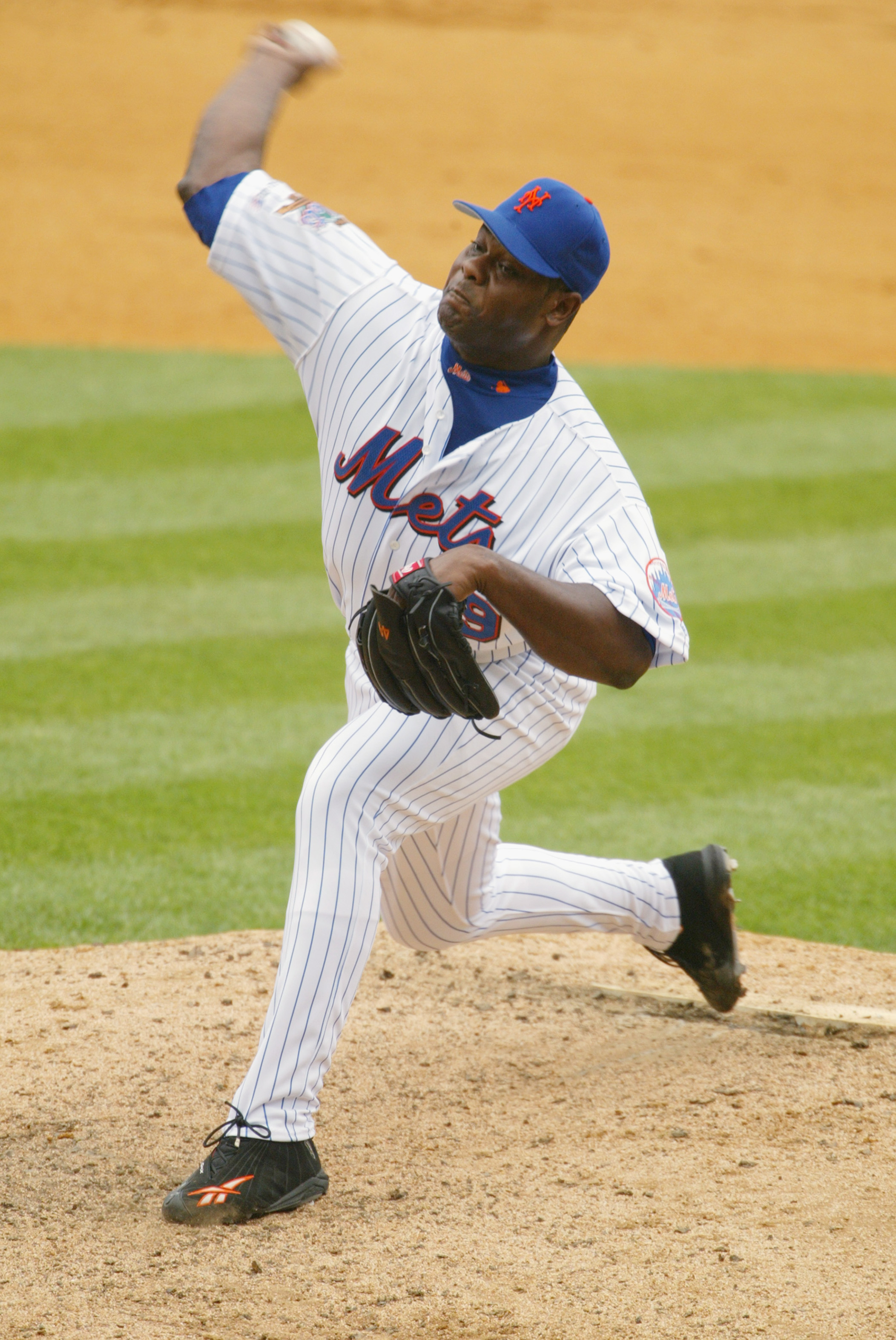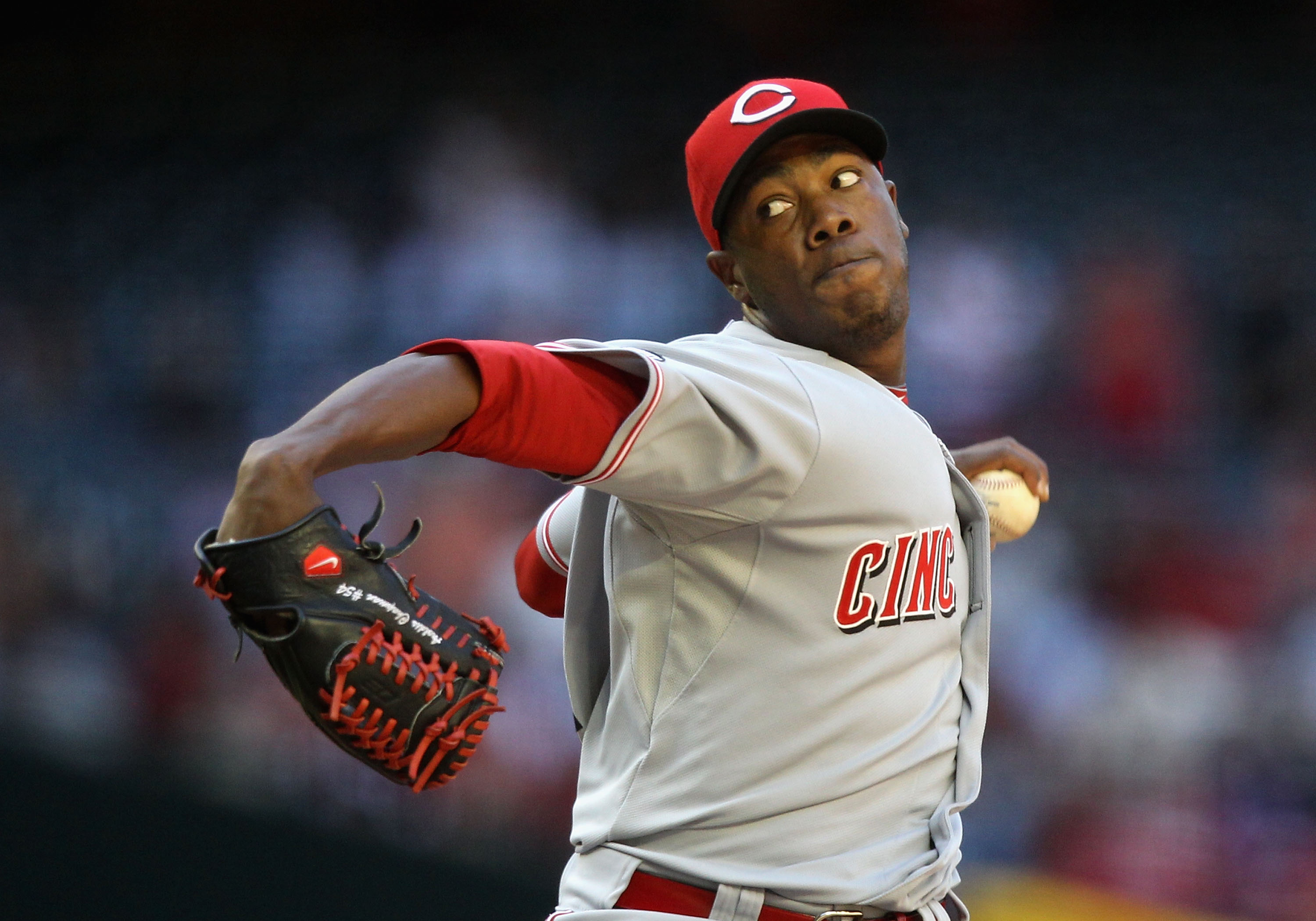What Is The Fastest Baseball Pitch In Km/h? Unveiling The Secrets Behind The Speed
Have you ever wondered what the fastest baseball pitch in km/h is? The answer lies in a combination of raw athleticism, scientific precision, and relentless dedication. Baseball pitchers have been pushing the limits of human capability for decades, and the record for the fastest pitch ever thrown is a testament to how far the sport has evolved. From the crack of the bat to the roar of the crowd, speed has always been a defining factor in the game, captivating fans and players alike. Whether you're a die-hard baseball enthusiast or just curious about the science behind the sport, the journey to uncovering the fastest pitch is as thrilling as the pitch itself.
The fastest baseball pitch in km/h is more than just a number—it’s a symbol of human potential and technological advancement. Over the years, pitchers have honed their skills, leveraging biomechanics, training techniques, and cutting-edge equipment to achieve record-breaking speeds. Major League Baseball (MLB) has seen its fair share of legendary pitchers who have left an indelible mark on the sport. These athletes have not only redefined what’s possible but have also inspired future generations to chase greatness. Understanding the factors that contribute to these lightning-fast pitches can provide valuable insights into the science and art of pitching.
Baseball is a game of inches, and speed plays a pivotal role in determining the outcome of a match. A pitch traveling at breakneck speeds can leave even the most seasoned batters struggling to react. With advancements in radar technology and analytics, we now have precise measurements of these record-breaking pitches, allowing us to appreciate the skill and effort behind them. In this article, we’ll delve into the history of the fastest pitches, explore the science behind them, and examine how pitchers train to achieve such incredible velocities. By the end, you’ll have a deeper understanding of what makes the fastest baseball pitch in km/h a true marvel of athleticism and engineering.
Read also:Exploring The World Of Little Oral Andie A Comprehensive Guide
Table of Contents
- Biography of the Record Holder
- What Makes a Pitch Fast?
- Training Secrets of the Fastest Pitchers
- How Does Science Explain the Fastest Pitches?
- Is There a Limit to Pitch Speed?
- How Technology is Changing the Game
- Famous Fast Pitches in Baseball History
- FAQs About the Fastest Baseball Pitch (km/h)
Biography of the Record Holder
When discussing the fastest baseball pitch in km/h, one name stands out: Aroldis Chapman. Known as the "Cuban Missile," Chapman holds the Guinness World Record for the fastest pitch ever recorded in MLB history. Born on February 28, 1988, in Holguín, Cuba, Chapman's journey to becoming the fastest pitcher in the world is a story of talent, perseverance, and hard work.
Chapman's career began in Cuba, where he played for the national team before defecting to the United States in 2009. He quickly rose to prominence in MLB, joining the Cincinnati Reds in 2010. His left-handed fastball became legendary, and on September 24, 2010, he threw a pitch clocked at 105.1 mph (169.1 km/h), setting the record for the fastest pitch in MLB history. This incredible feat not only solidified his place in baseball history but also showcased the potential of human athleticism.
| Full Name | Aroldis Manuel Chapman |
|---|---|
| Date of Birth | February 28, 1988 |
| Place of Birth | Holguín, Cuba |
| Height | 6'4" (193 cm) |
| Weight | 215 lbs (98 kg) |
| Position | Pitcher |
| MLB Debut | August 31, 2010 |
| Fastest Pitch Record | 105.1 mph (169.1 km/h) |
Chapman's dominance on the mound is a result of his unique combination of size, strength, and mechanics. Standing at 6'4" and weighing 215 pounds, he has the physical attributes needed to generate incredible velocity. His ability to maintain control while throwing at such high speeds is a testament to his skill and dedication. Beyond his record-breaking pitch, Chapman has consistently been one of the most feared closers in the league, earning multiple All-Star selections and a World Series ring with the New York Yankees in 2017.
What Makes a Pitch Fast?
Have you ever wondered what factors contribute to a pitcher's ability to throw the fastest baseball pitch in km/h? The answer lies in a combination of biomechanics, physical attributes, and mental focus. Let’s break down the key elements that allow pitchers to achieve record-breaking speeds.
The Role of Arm Mechanics
Arm mechanics play a crucial role in generating velocity. A pitcher’s arm movement involves a complex sequence of rotations and extensions that maximize energy transfer from the body to the ball. The kinetic chain, which starts from the legs and moves through the core and into the arm, is essential for producing high-speed pitches. Proper mechanics ensure that energy is efficiently transferred, reducing the risk of injury and increasing pitch velocity.
Physical Attributes of the Pitcher
Physical attributes such as height, weight, and muscle composition also influence pitch speed. Taller pitchers often have a longer stride and a higher release point, allowing them to generate more momentum. Strong core and leg muscles are critical for stability and power, while fast-twitch muscle fibers in the arm enable rapid acceleration. Additionally, flexibility and mobility in the shoulder and elbow joints contribute to a wider range of motion, further enhancing velocity.
Read also:Unleashing The Power Of Y Video Hd A Comprehensive Guide To Highquality Video Streaming
Mental Focus and Strategy
Pitching isn’t just about physical prowess—it’s also a mental game. The ability to stay calm under pressure, anticipate the batter’s actions, and execute precise movements is vital for throwing the fastest pitches. Mental focus allows pitchers to maintain consistency and control, even when fatigue sets in. Visualization techniques and strategic planning are often used by elite pitchers to optimize their performance on the mound.
Training Secrets of the Fastest Pitchers
What are the training secrets behind the fastest baseball pitch in km/h? The journey to achieving record-breaking speeds involves a combination of strength training, conditioning, and specialized drills. Here’s a closer look at the techniques and routines that help pitchers maximize their velocity.
Strength and Conditioning Programs
Strength and conditioning are the cornerstones of any pitcher’s training regimen. To throw faster, pitchers focus on building explosive power in their legs, core, and upper body. Exercises like squats, deadlifts, and medicine ball throws are commonly used to enhance muscle strength and endurance. Plyometric exercises, such as box jumps and sprints, help develop fast-twitch muscle fibers, which are essential for generating rapid arm acceleration.
Pitching Drills for Velocity
Specialized pitching drills are designed to improve mechanics and increase velocity. Long toss drills, for example, involve throwing the ball over extended distances to build arm strength and reinforce proper throwing mechanics. Bullpen sessions with radar guns allow pitchers to track their progress and make adjustments in real time. Additionally, weighted ball exercises are used to strengthen the arm muscles and improve throwing efficiency.
Recovery and Injury Prevention
Training for speed isn’t just about pushing limits—it’s also about protecting the body from injury. Pitchers incorporate recovery techniques such as ice baths, foam rolling, and massage therapy to reduce muscle soreness and promote healing. Proper rest and nutrition are equally important, ensuring that the body has the resources it needs to repair and rebuild. By prioritizing recovery, pitchers can maintain their performance levels and extend their careers.
How Does Science Explain the Fastest Pitches?
Have you ever stopped to think about the science behind the fastest baseball pitch in km/h? The answer lies in the principles of physics, biomechanics, and aerodynamics. These scientific concepts not only explain how pitchers achieve such incredible speeds but also highlight the intricate balance required to deliver a pitch accurately and safely.
The Physics of Pitching
Pitching is essentially a physics experiment in motion. The velocity of a pitch is determined by the amount of force applied to the ball and the efficiency with which that force is transferred. Newton’s second law of motion, which states that force equals mass times acceleration, plays a key role. Pitchers generate force by accelerating their bodies and arms, and the ball’s mass remains constant. By optimizing their movements, pitchers can maximize acceleration and, consequently, pitch speed.
Biomechanics and Energy Transfer
Biomechanics is the study of how the body moves, and it’s crucial for understanding pitching mechanics. The kinetic chain—a sequence of movements involving the legs, hips, torso, shoulder, and arm—ensures that energy is transferred efficiently from the ground up. Each segment of the body contributes to the overall velocity of the pitch. For example, a strong leg drive initiates the movement, while core rotation adds torque. The arm follows through, releasing the ball with maximum velocity.
Aerodynamics and Ball Movement
Aerodynamics also plays a role in the speed and movement of a pitch. The seams of a baseball create turbulence in the air, which affects how the ball travels. A well-thrown fastball minimizes drag, allowing it to maintain its velocity over a longer distance. Conversely, pitches like curveballs and sliders rely on aerodynamic forces to create movement, making them harder for batters to hit. Understanding these principles helps pitchers refine their techniques and improve their performance.
Is There a Limit to Pitch Speed?
Is there a limit to how fast a baseball can be pitched in km/h? This question has intrigued scientists, coaches, and fans alike. While pitchers like Aroldis Chapman have set astonishing records, the question remains: can humans throw even faster, or have we reached the pinnacle of pitching speed?
The Human Body’s Physical Limits
The human body is an incredible machine, but it does have its limits. The fastest baseball pitch in km/h is constrained by factors such as muscle strength, joint mobility, and the risk of injury. The shoulder and elbow joints, in particular, are under immense stress during high-velocity throws. Pushing beyond the body’s natural capabilities could lead to serious injuries, such as torn ligaments or fractures. As a result, pitchers must strike a balance between speed and safety.
Technological Advancements and Their Role
Technology is playing an increasingly important role in pushing the boundaries of pitch speed. Advanced training equipment, such as motion capture systems and biomechanical analysis tools, allows pitchers to fine-tune their mechanics and identify areas for improvement. Additionally, innovations in equipment design, such as lighter bats and more aerodynamic balls, may indirectly influence pitching speeds by altering the dynamics of the game.
Predictions for the Future
While it’s difficult to predict the exact limit of pitch speed, experts believe that incremental improvements are still possible. Future generations of pitchers may benefit from advancements in sports science, nutrition, and training methodologies. However, surpassing the current record of 169.1 km/h would require a combination of exceptional talent, cutting-edge technology, and perhaps even a paradigm shift in how we approach the sport.
How Technology is Changing the Game
Technology is revolutionizing the way pitchers train and compete, directly impacting the fastest baseball pitch in km/h. From advanced analytics to cutting-edge equipment, these innovations are helping athletes push the boundaries of speed and precision.
Data Analytics and Performance Tracking
Data analytics has become a game-changer in baseball. Pitchers now have access to real-time data on their performance, including pitch speed, spin rate, and trajectory. Tools like radar guns and high-speed cameras provide detailed insights into pitching mechanics, allowing athletes to make data-driven adjustments. Platforms such as TrackMan and Rapsodo are
What Really Happened To The Challenger Explosion Capsule? A Comprehensive Analysis
Understanding Joe Scarborough Illness: Insights, Impact, And Recovery
Exploring Steve Moore Net Worth: A Comprehensive Guide To His Success

Fastest Pitch Ever Thrown In Baseball History BaseBall Wall

Fastest Pitch Ever Thrown In Baseball History BaseBall Wall